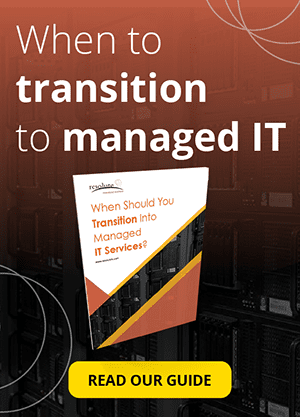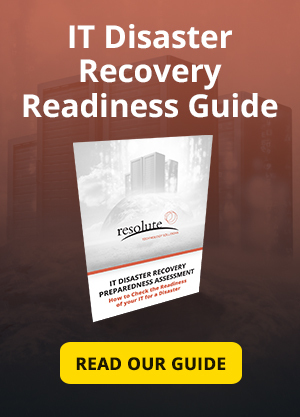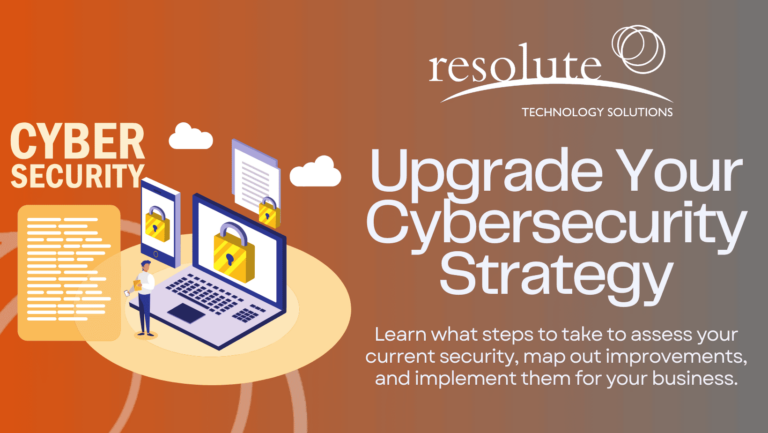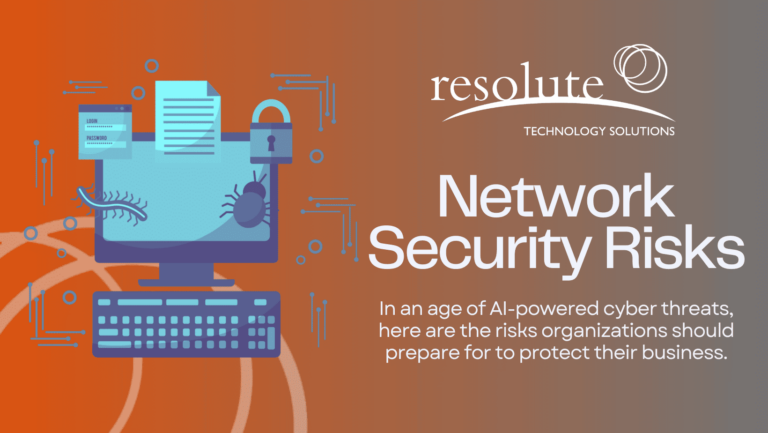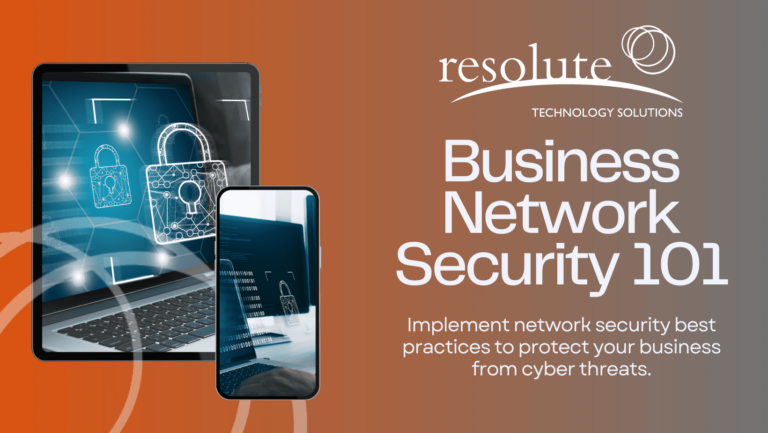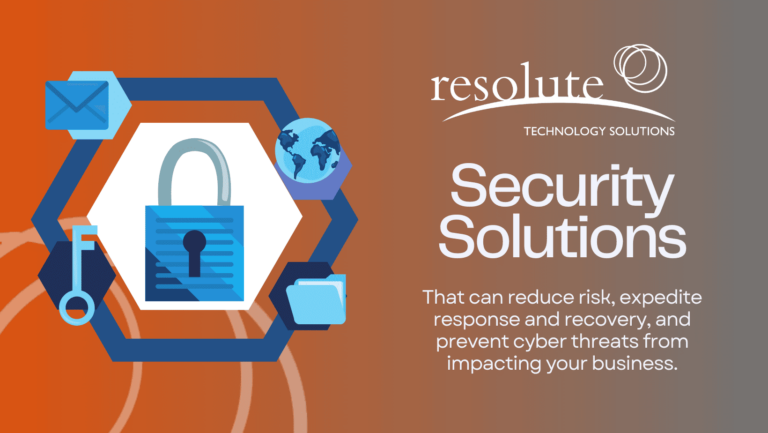It’s an unfortunate fact that only 32.1% of businesses have a concrete continuity plan in place should a disaster strike. Of those who do embrace Business Continuity Management (BCM) and have put a concrete Business Continuity Plan (BCP) in place, 35% will still endure major problems recovering one or more mission-critical business processes.
So how do you maximize your company’s ability to continue operations in the event of a disaster?
Your BCP is your blueprint for getting back to work, and a well-conceived one will include several “must-have” elements designed to clarify the precise steps needed to return to operational status, as well as clearly spelling out roles and responsibilities.
Let’s take a look at five essential items your Business Continuity Plan must contain to ensure it will get your operations up and running after a disaster.
5 Elements Your Business Continuity Planning Is Useless Without
1. A Clear Set of Steps to Return to Business as Usual
Having a clearly ordered list of the precise steps to take to return to normal business operations following a disaster is one of the most critical elements of a BCP.
When it’s put into action, all of your resources will need to be carefully coordinated and orchestrated to make sure that the highest-priority items are being attended to first.
During the BCP planning process, you’ll ideally conduct a Business Impact Analysis (BIA), which will help you define your current operations and point out the order of tasks to undertake to resume business operations.
It essentially boils down to having each of your teams ask themselves: “How do I get back to work after a disaster or loss of systems?” and then documenting and compiling the results.
2. Clearly-Defined Roles for Stakeholders
Does everyone know their BCP roles and responsibilities? All stakeholders – inside and outside the organization – will have assigned roles to play, and it’s essential that everyone has clarity on their responsibilities.
Who will coordinate and communicate this with staff? Who will be responsible for ensuring that teams are informed and are able to stay in touch during recovery operations?
Ultimately, if your staff doesn’t clearly understand or aren’t comfortable with their BCP roles, then your plan is likely to fail.
You might also like:
- 6 Things You Need to Have in Your IT Disaster Recovery Plan
- Make Sure Your Disaster Recovery Plan Includes These Items
- How to Write a Disaster Recovery Plan that Works
3. A List of Emergency Contacts and Roles
You’ve outlined the steps to be taken to execute your BCP, and you’ve clearly assigned roles and responsibilities. But it’s all useless if you can’t contact anyone.
Ensure you make a contact list of all stakeholders, with their roles clearly stated, and have it accessible to everyone via the cloud. The aftermath of a disaster is not the time to realize you can’t reach your key people.
4. A Plan for Temporary Office Space or Remote Working Capability
Depending on the nature of the event or disaster, your premises may be temporarily or permanently unusable. To make sure that you can remain as productive as possible, have advance contingency plans in place for alternate office space – or outline how employees can work remotely.
Otherwise, you’ll be asking yourself, “Where should we go?”
If the regular office space is inaccessible, people will need to know where to report, as well as how BCP operations will be physically conducted. Plus, you’ll already have an alternate base of operations once your business operations return to normal, eliminating delays caused by looking for new office space.
If Remote Working Capability is the chosen solution versus temporary office space, then it is a best practice for key resources of the BCP plan to ensure the remote access is tested in advance to ensure all systems capabilities including network/security software issues for remote access have been resolved in advance.
Don’t Have a Business Continuity Plan?
Get in Touch with Resolute Today!
5. The Business Continuity Plan Document Stored in The Cloud
You’ve worked diligently to create your business recovery blueprint. But if your systems are compromised, how will your stakeholders access it? How will everyone know which steps to take, what they should be doing, and who they should be contacting?
Put your Business Continuity Plan document safely and securely in the cloud, so that every individual involved in the plan’s execution is able to access it.
Don’t Forget These 5 Critical Business Continuity Plan Elements!
It’s often the simple things that are the easiest to overlook. But forgetting to incorporate these five relatively simple BCP elements can make or break your recovery planning.
Know the steps you need to take to resume your business operations, ensure everyone knows their roles and responsibilities, have an updated list of emergency contacts available, decide in advance where you will work if your office becomes unavailable, and make sure your BCP plan is accessible to everyone from the cloud.
Resolute Technology Solutions provides IT Managed Services and IT Consulting Services – including Disaster Recovery and Business Continuity planning designed to help you recover from a disaster quickly. To learn how we can safeguard your business continuity and get you back up and running faster, contact us.
[]


